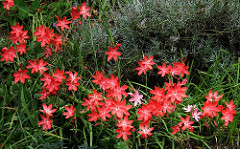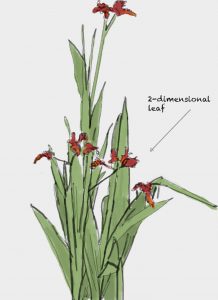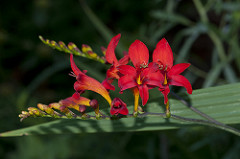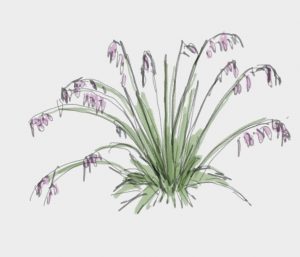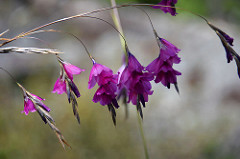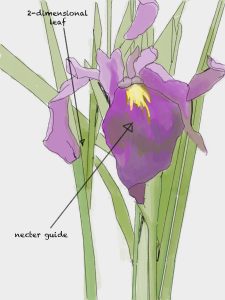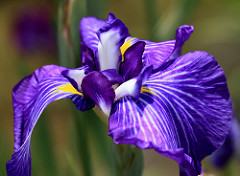 Hesperantha coccinea, river lily
Hesperantha coccinea, river lily
Family: Iridaceae
Description
This Iris relative has characteristic equitant (two-dimensional) leaves that support a striking succession of flowers. Usually coral in color, these flowers tend to bloom from October-December. Stems arise from tuberous rhizomes and can be aggressive in wet areas.
Growing conditions:
This species is water loving and will thrive in wet, rich soil. It is a zone 8 tender plant. Planting in higher elevations can prevent this species from getting too aggressive.
Suitable uses:
Hesperantha coccinea is easily propagated and useful for fall flowering interest. It can be planted near a pond or saturated area.
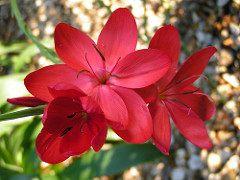
CC Image courtesy of Max Davies on Flickr

